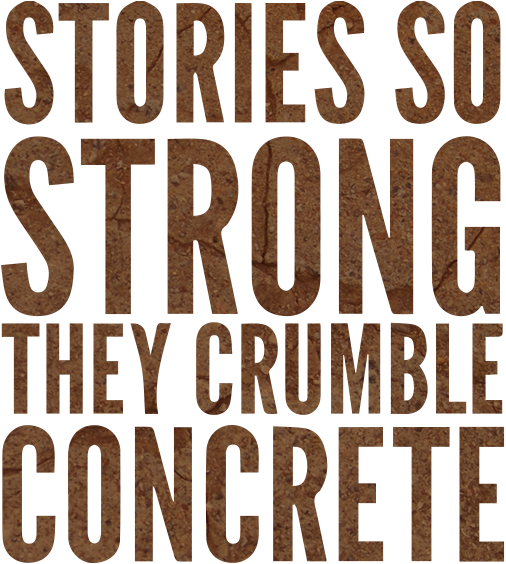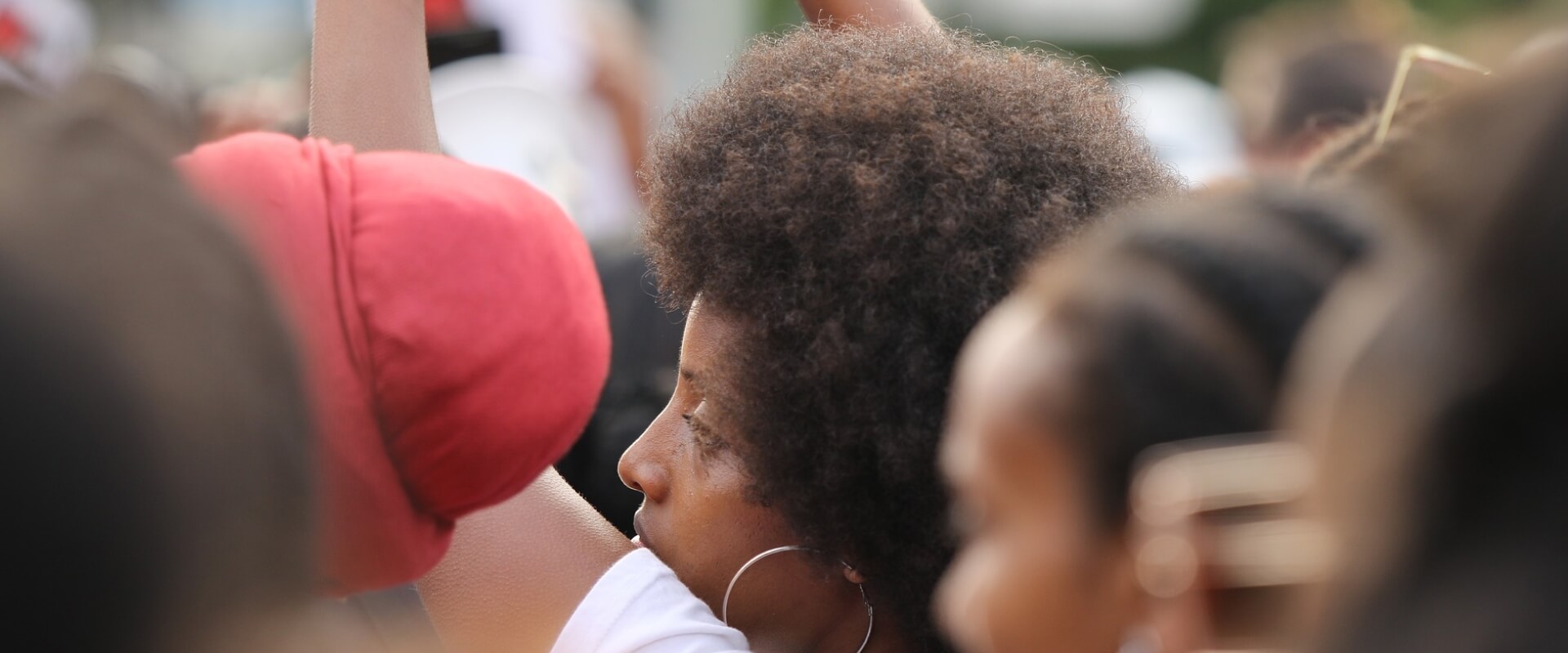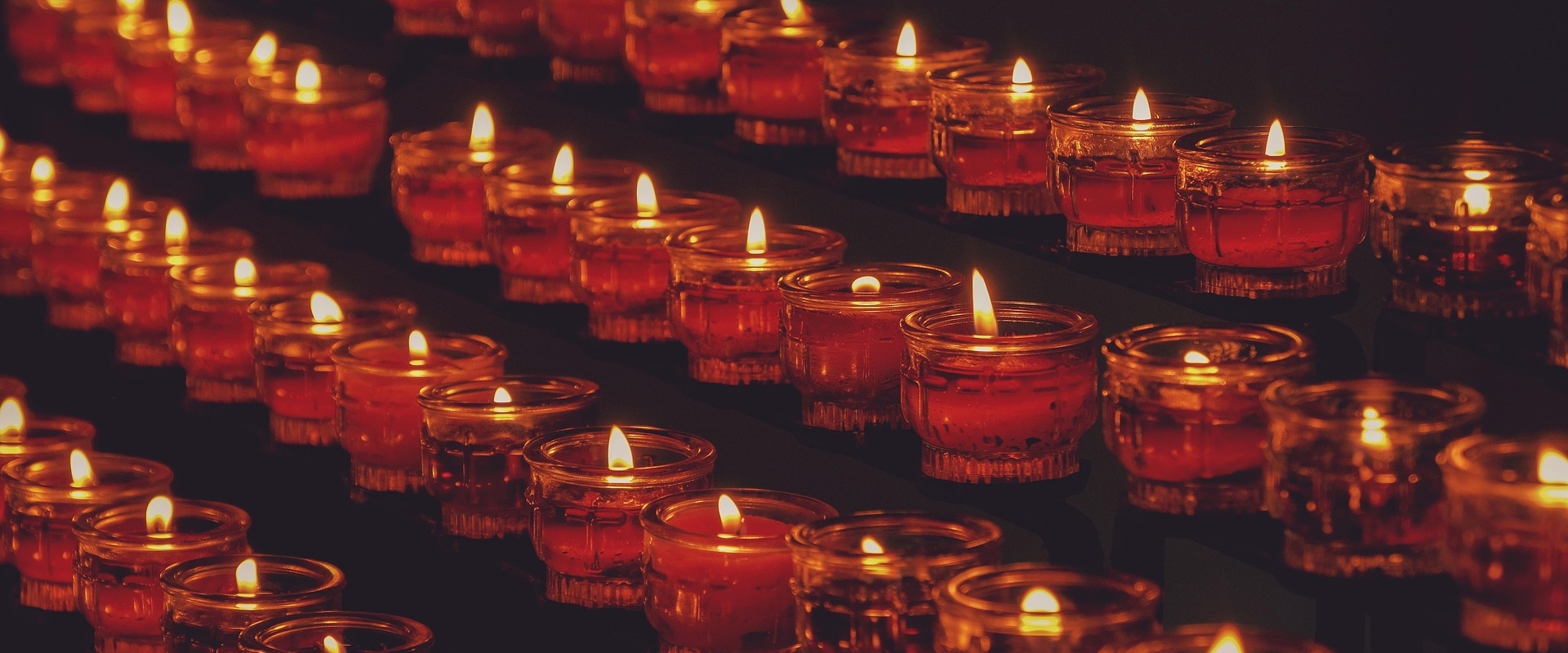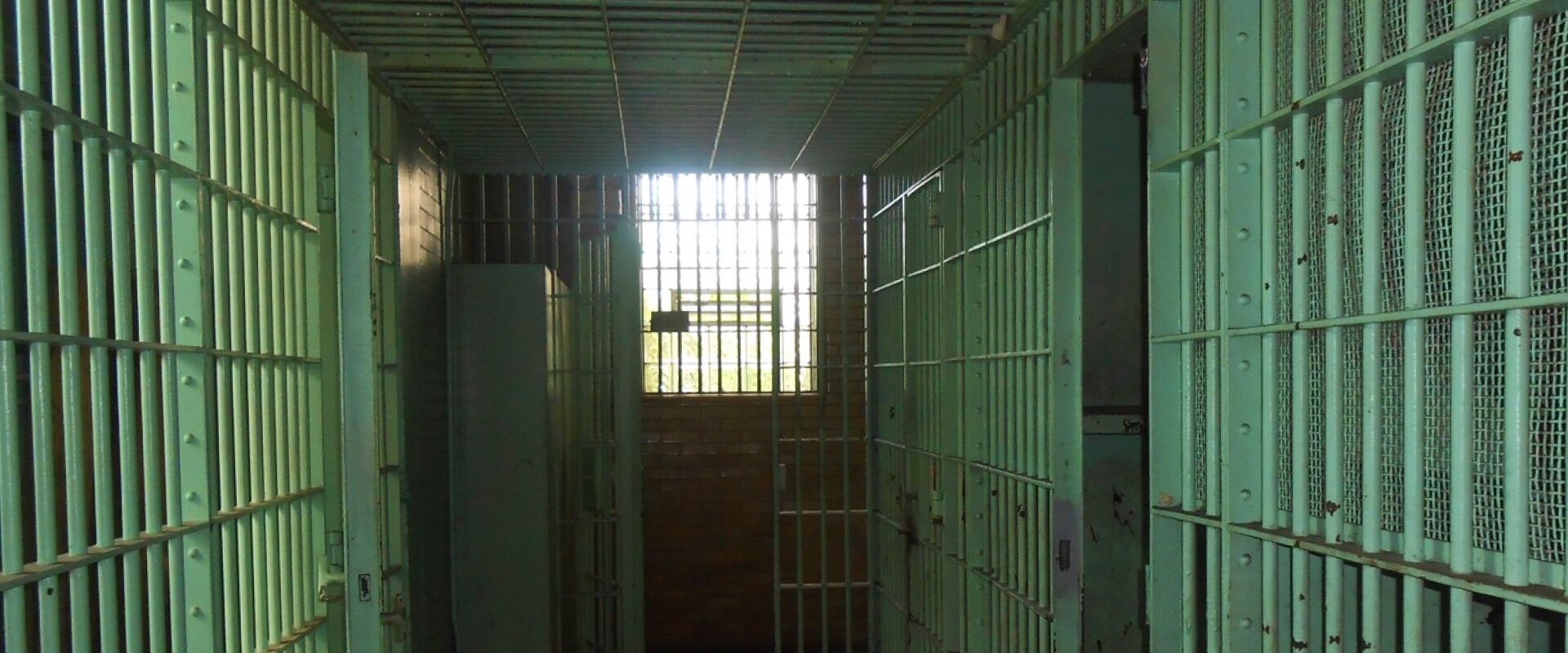
This article comes from a program, called Women on the Inside, made up of a series of classes and workshops that took place in a Iowa Correctional Institution for women. Alongside long excerpts of her students’ work, Crane-Williams discusses the silencing of women in prison.
personal-narrative poetry programs-in-prison

In this essay, Stanford weaves writing by her students at Cook County Jail into a meditation on the meaning of home and the impact of incarceration on all of us.
activism community prison-life programs-in-prison
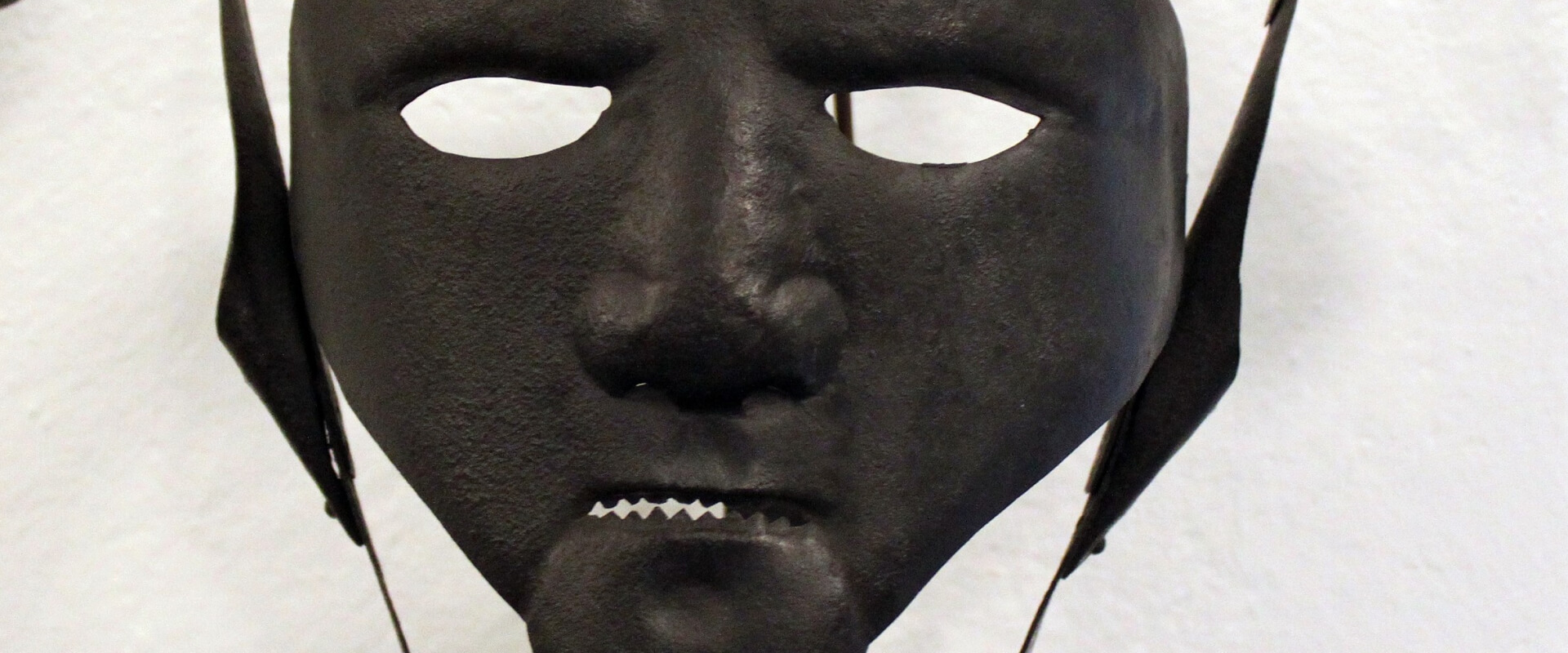
In the following words and images, Jenni Fagan examines the connections between the scold’s bridle and contemporary incarceration practices that deny women in prison the right to speak. She not only reveals that conditions faced by incarcerated women in the UK and US today mirror the torture endured by women in early modern Europe, but also illustrates the potential for change.
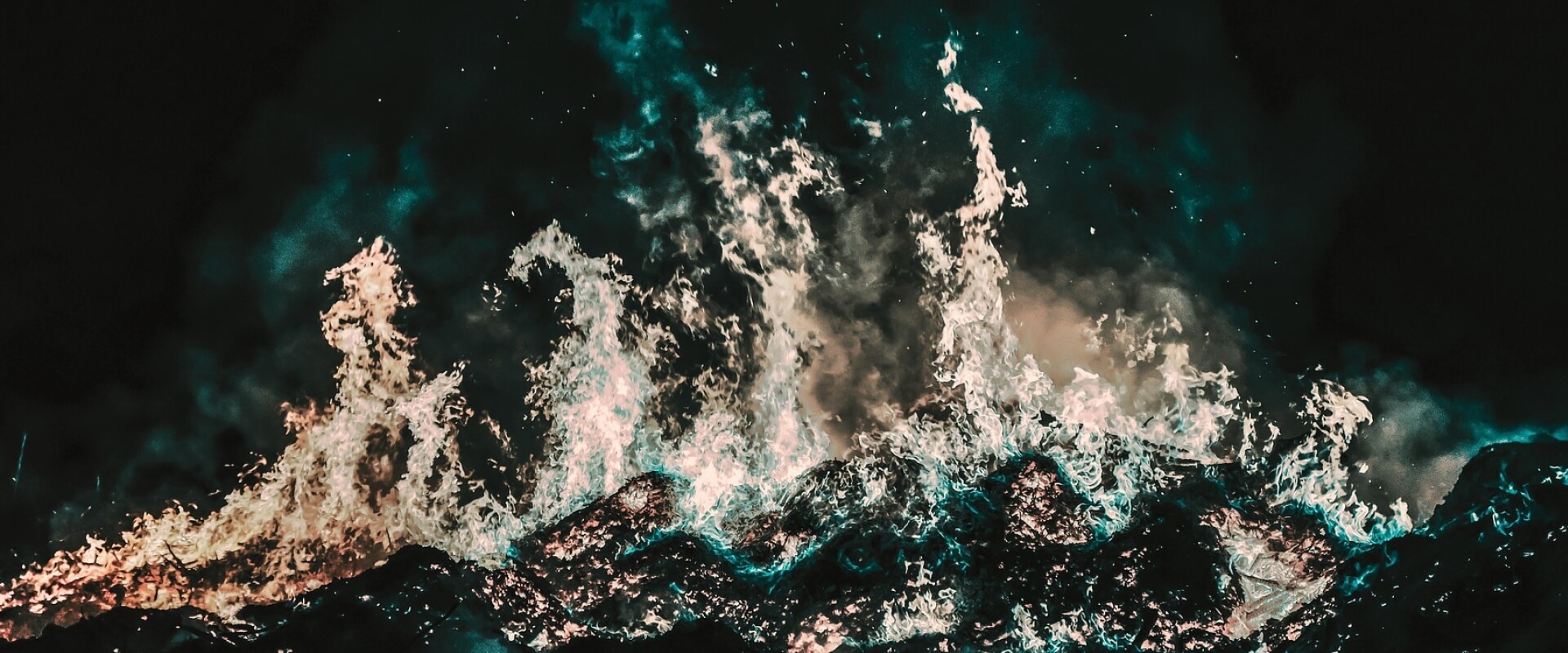
The Fire Inside is a series of writings put together by the California Coalition for Women Prisoners as a quarterly newsletter. The newsletters feature writing by Charisse Shumate, Patricia Elaine Mason, Linda Field, N. Duran, Linda Evans, Debi Zuver, Theresa Cruz, Danielle Metz, Cynthia Russaw, Marilyn Buck, Anna Bell, Dylcia Pagan, Alicia Rodriguez, Ida Luz Rodriguez, Alejandrina Torres, Carmen Valentin, Laura Whitehorn, Susan Crane, and Silvia Baraldini. These letters, essays, poems, stories, and other writings are written by women inside prisons, to try and connect and break down the walls that the prison system creates between the outside world and inside the Prison Industrial Complex.
community personal-narrative poetry
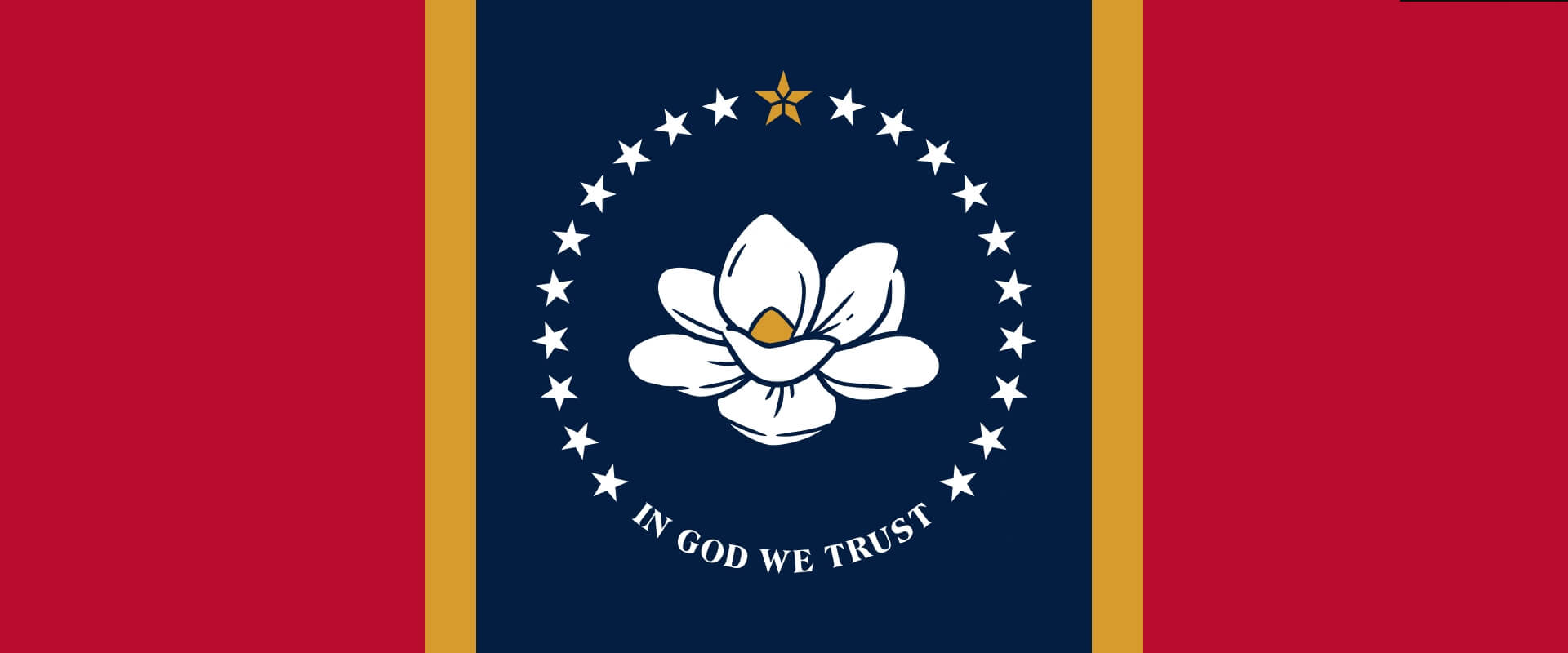
Last year NAACP campaigned a petition to help free the Scott sisters. They were freed, but still face many challenges. See the petition and a current story on the release of the Scott sisters as well as links to more information about their story.
activism prison-industrial-complex racism state-violence
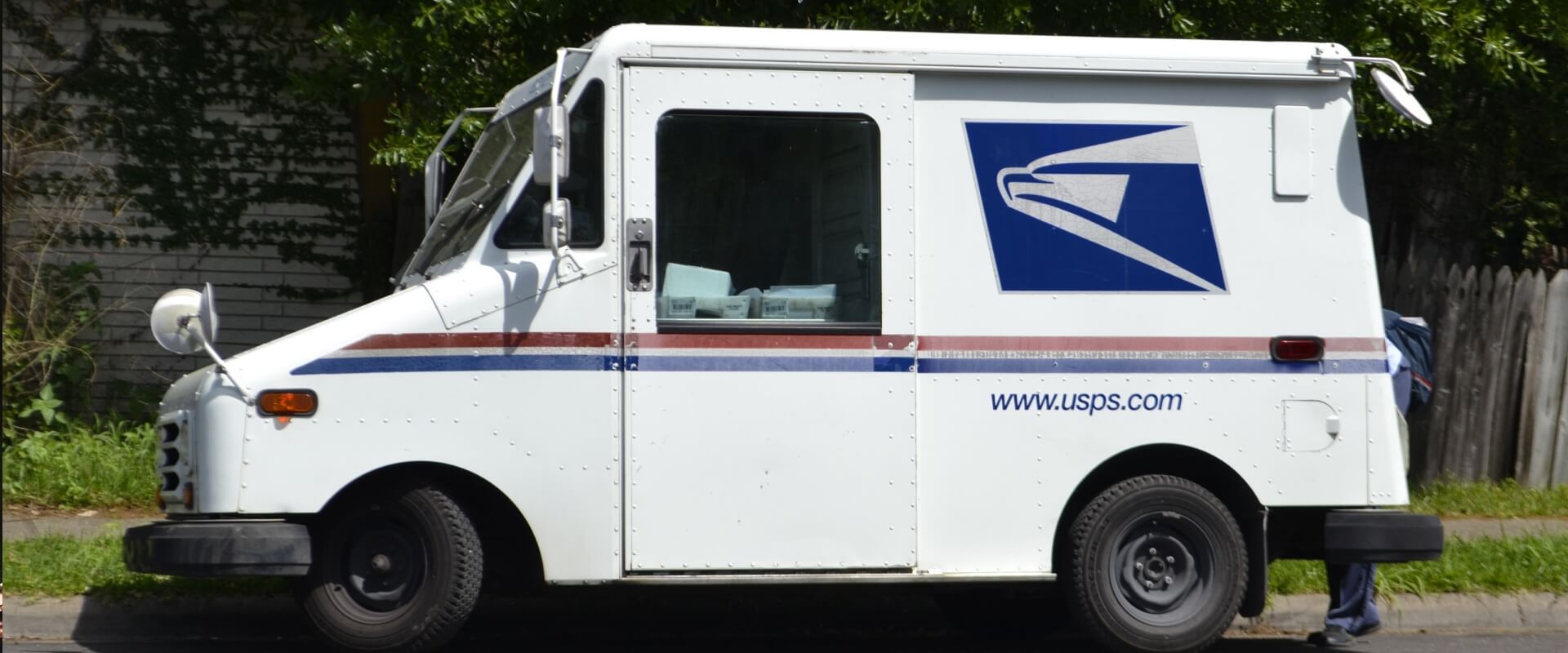
Kathleen Desautels, a nun and previous political prisoner, was arrested for protesting the School of the Americas, and sent to Greenville, IL to serve a six-month sentence. In this series of letters to friends and family, she describes the day to day activities within the women’s prison while describing the relationships and bonds that are created inside prison walls.
community personal-narrative political-prisoners prison-life
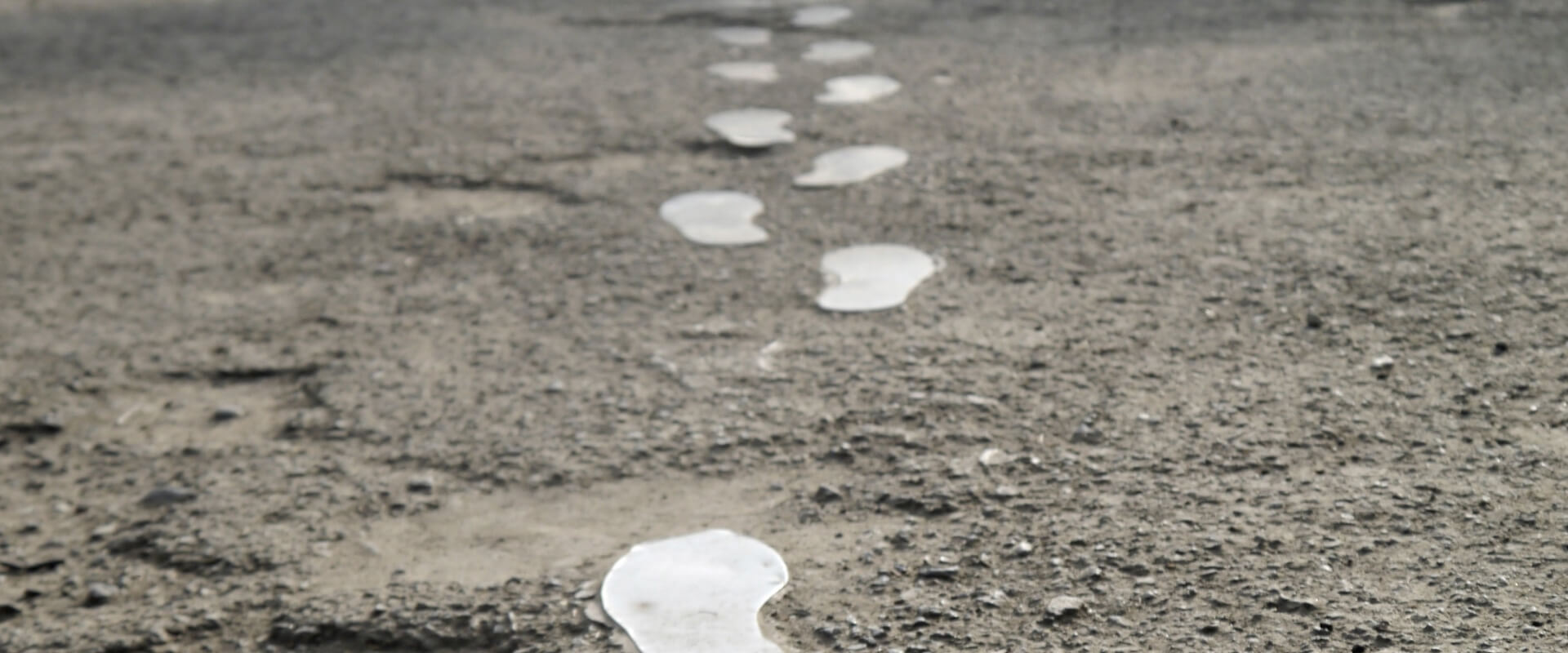
Victoria Law’s research indicates that women prisoners are even more overlooked by mainstream society than their male counterparts. She explains how their struggles to improve their health care, abolish sexual, maintain contact with their children and efforts to further their education have been ignored or dismissed by those studying the prison-industrial complex.
activism movement-building prison-life prison-industrial-complex
Excerpt — Inside This Place, Not of It: Narratives From Women’s Prisons
by Ayelet Waldman & Robin Levi
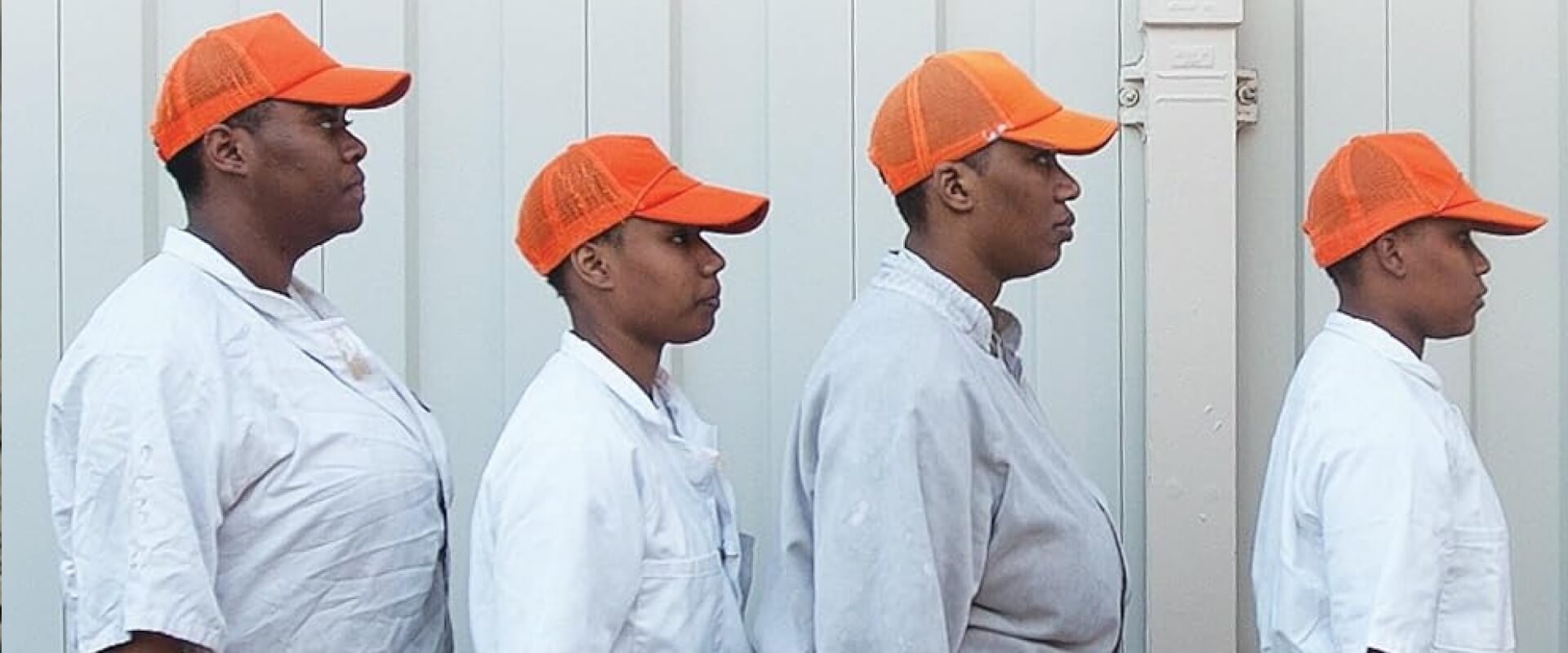
Sarah Chase’s narrative is one of the oral histories that appears in the forthcoming book Inside This Place, Not of It: Narratives from Women’s Prisons. Edited by Ayelet Waldman and Robin Levi, Inside This Place will be available in stores in October 2011 from Voice of Witness. The ninth title in the Voice of Witness series, Inside This Place reveals some of the most egregious human rights violations within women’s prisons in the United States. In their own words, the thirteen narrators in this book recount their lives leading up to incarceration and their experiences inside—ranging from forced sterilization and shackling during childbirth, to physical and sexual abuse by prison staff. Together, their testimonies illustrate the harrowing struggles for survival that women in prison must endure. To learn more about the Voice of Witness book series and oral history projects, go here.
activism gender personal-narrative
How the Criminal Justice System Uses Domestic Violence Programs Against Native Women
by Andrea Smith
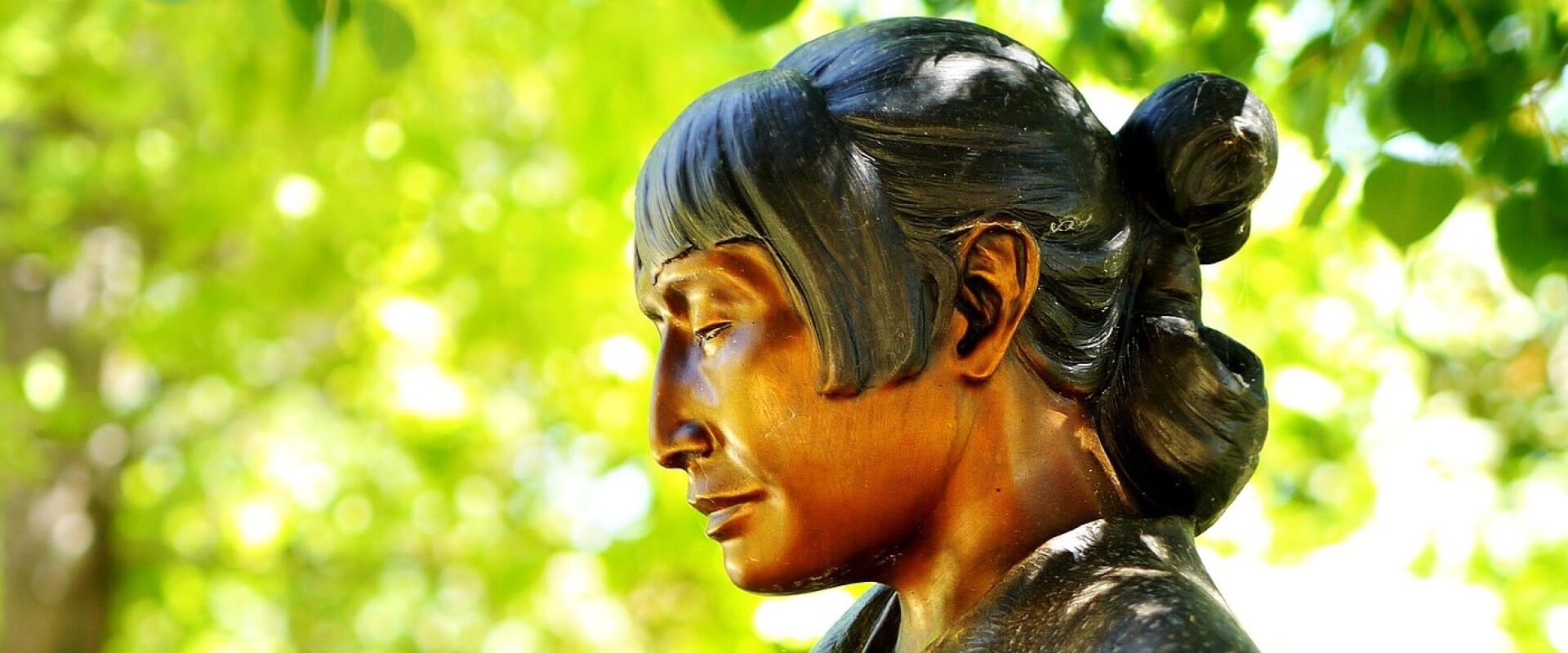
In this long article, Smith discusses criminal justice responses to Native American women’s experiences of violence, questioning the effectiveness of relying on the state for responses to violence given the overwhelming evidence of continuing state violence towards Native American communities. In Part Two, Smith then discusses alternative responses to violence. Smith concludes in Part Three with an overview of effective organizing campaigns working to end both state and interpersonal violence against women of color.
activism domestic-violence native-american-prisoners racism
From Montgomery to Los Angeles and Beyond: Formerly Incarcerated People Building a Movement
by Dorsey Nunn & Kenneth Glasgow
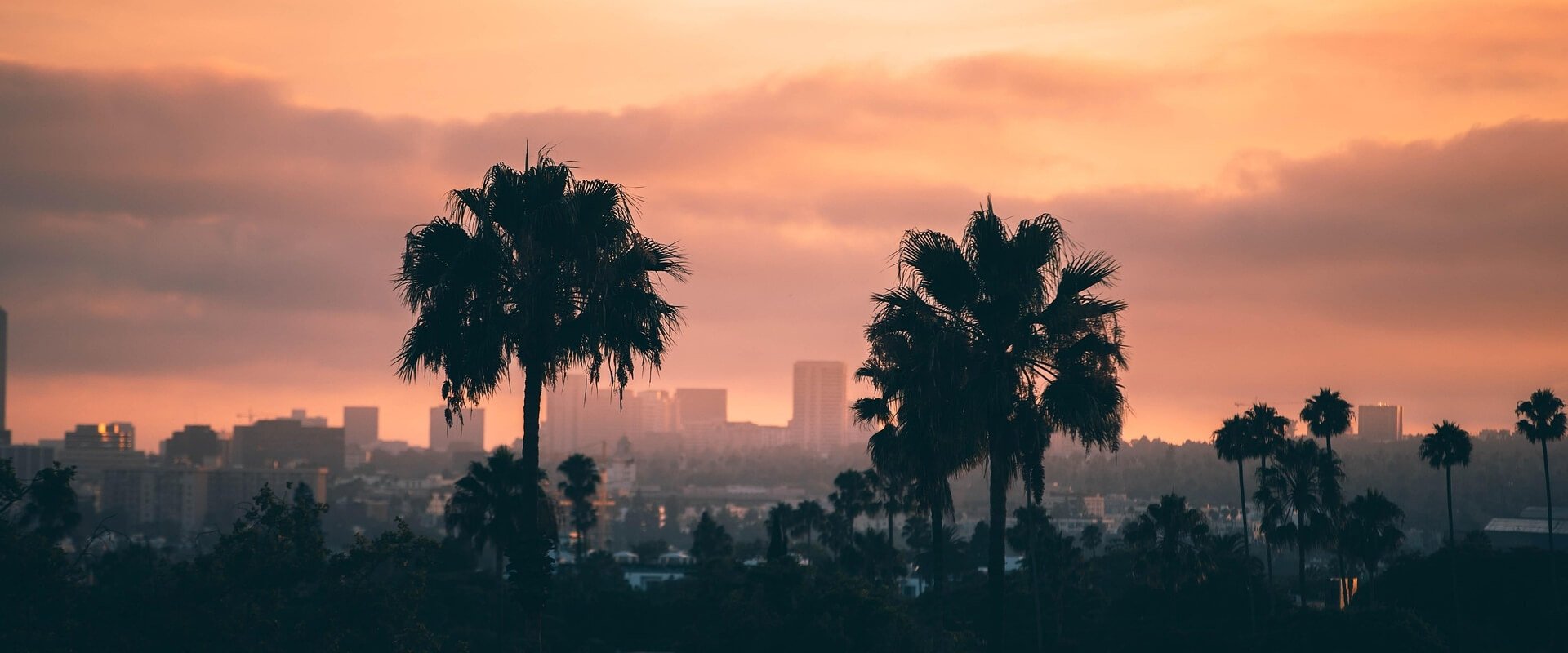
Would you feel like a full citizen if most of your civil and human rights were denied you? If the privileges afforded to community members were withheld from you, would you feel like a welcome member of the community? Probably not.
activism community family
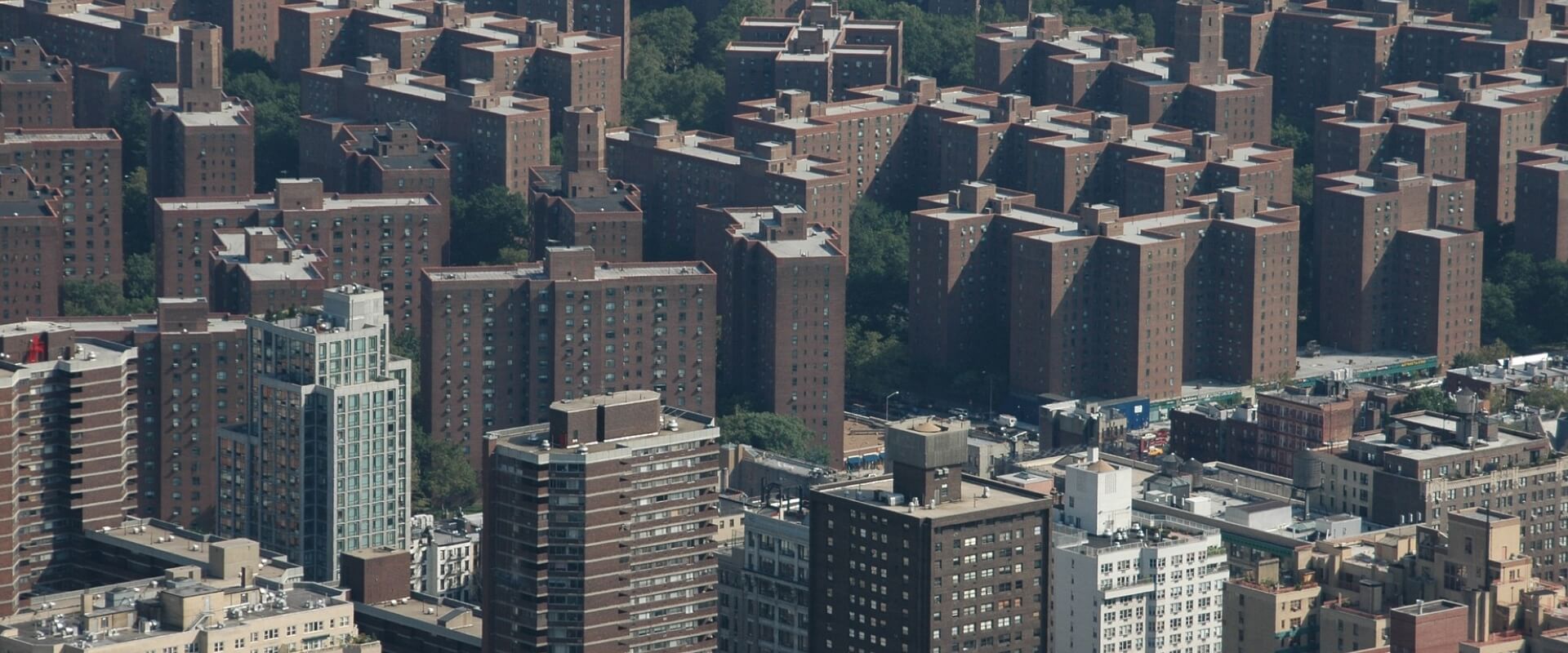
In Maschi’s opening statement from a panel discussion that occured as a part of 2004’s Voices in Time, Lives in Limbo installation in Chicago, she discusses her work with Critical Resistance and her understanding of various forms of resistance to mass incarceration. Maschi also challenges the Therapeutic Community model of recovery, arguing that recovery is a collective process that includes multiple forms of resistance to a society that does not benefit poor, queer, or indigenous people, people of color, or immigrants.
abolition activism movement-building
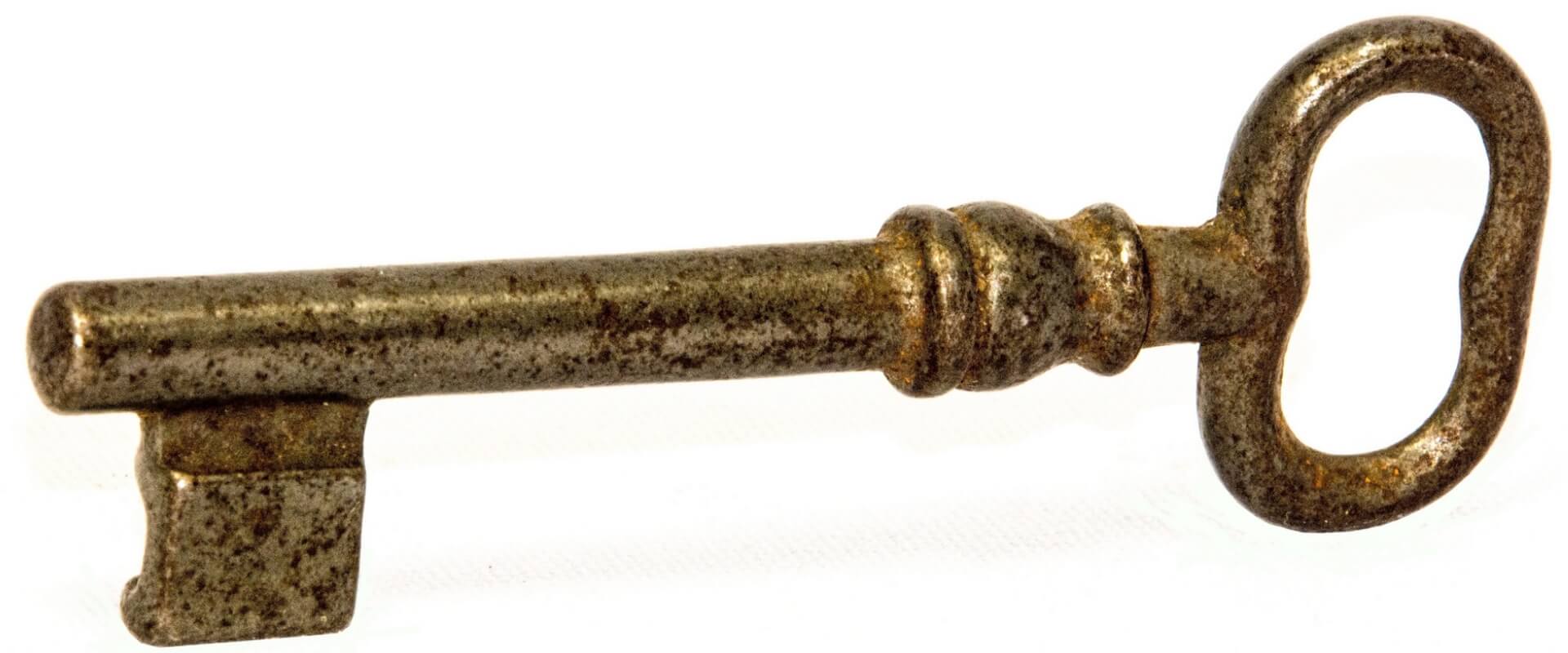
Find Her, Feel Her, Free Her, is a gender-specific re-entry program created by Pamela Thomas based on her own experiences of the criminal justice system. This program is a set curriculum that assists the needs of those re-entering communities by providing them with the resources they need.
programs-in-prison reentry
Cooking in Prison: From the Big House to Your House
by C. Bina & T. Cornelius & B. Holder & C. Johnson & T. Kemmerer & L. Larson
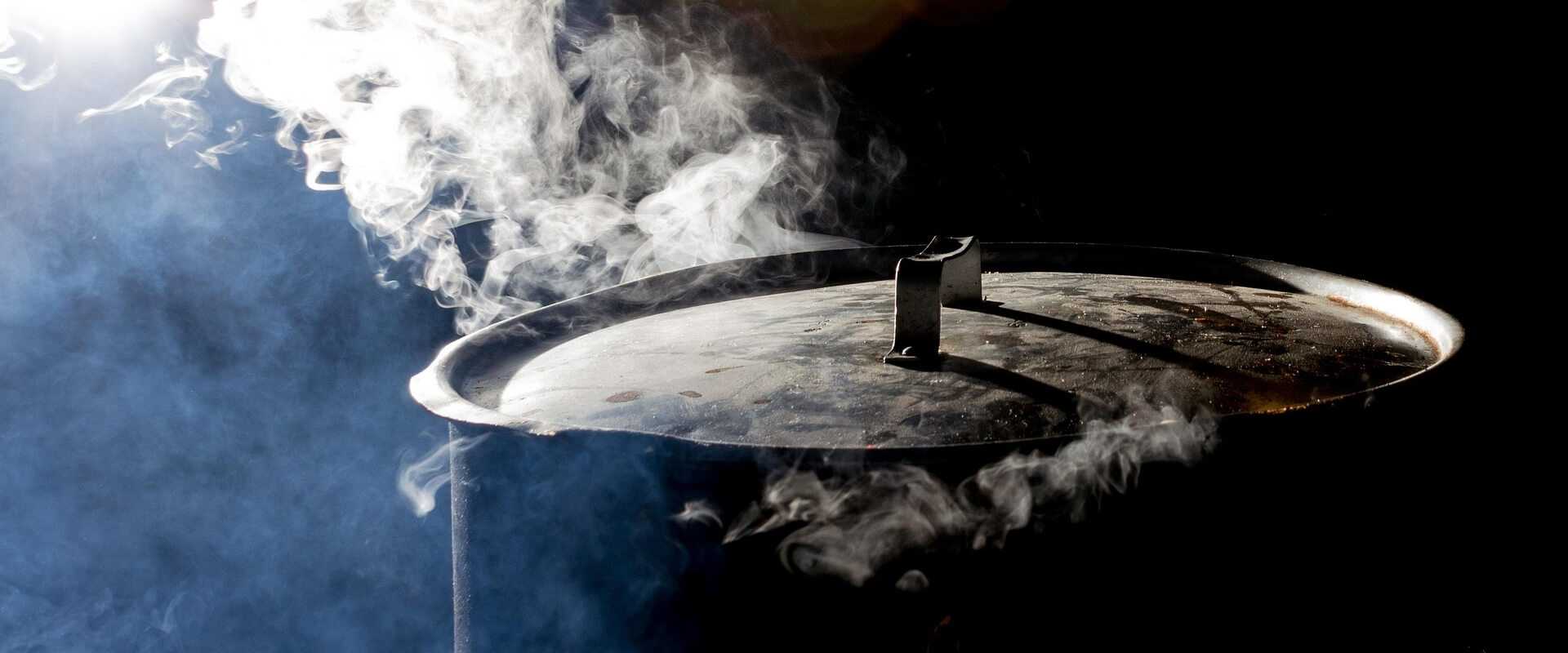
From The Big House To Your House has two hundred easy to prepare recipes for meals, snacks, and desserts. Written by six women incarcerated at the Mountain View Unit in Gatesville, TX, these recipes can be made from items available in a prison commissary or a convenience store.

I try to reach out through writing and talking with people within the prison. That is what, it seems to me, any activist must do: educate and organize as creatively as possible under any circumstances one might face.

